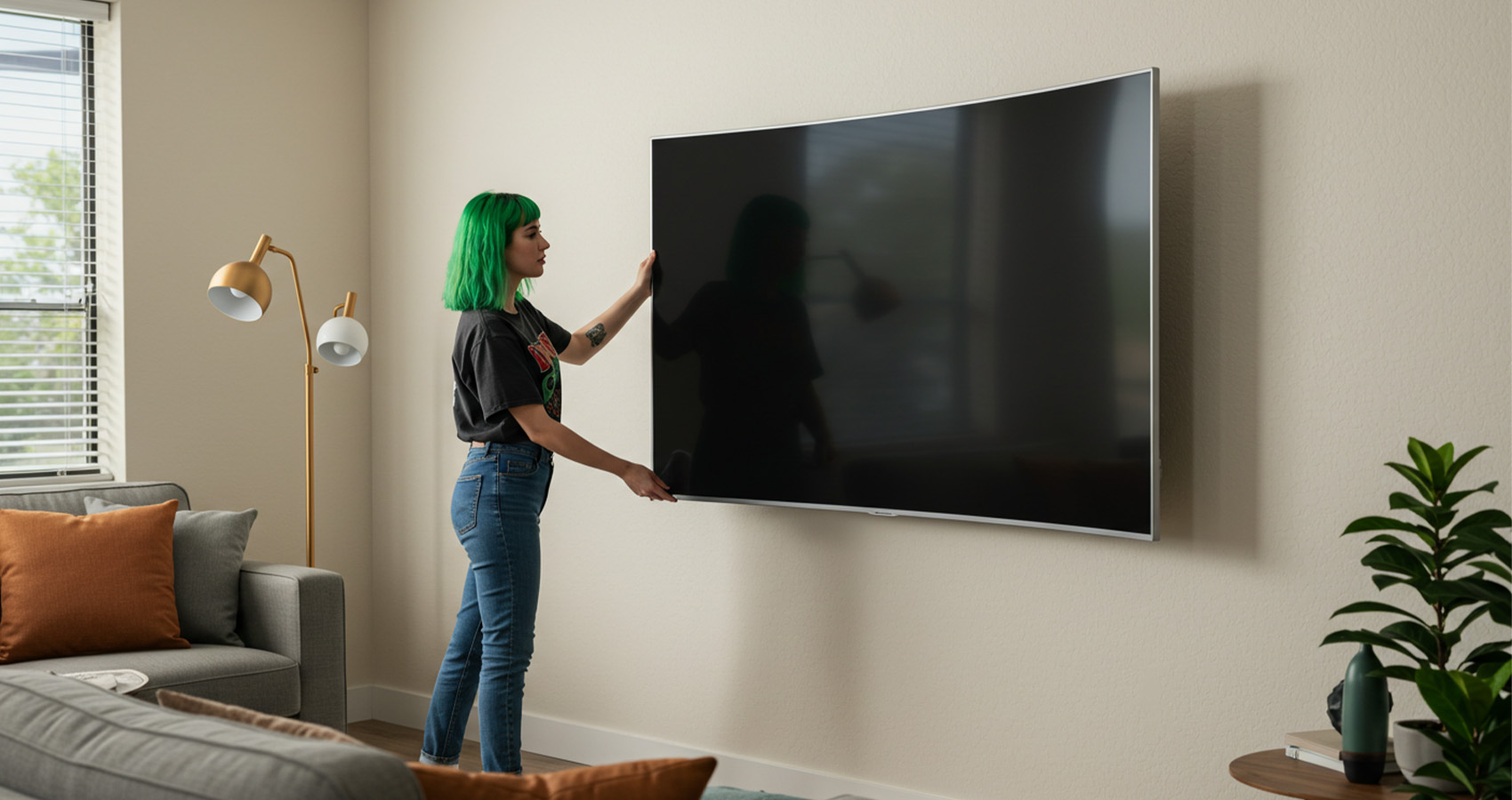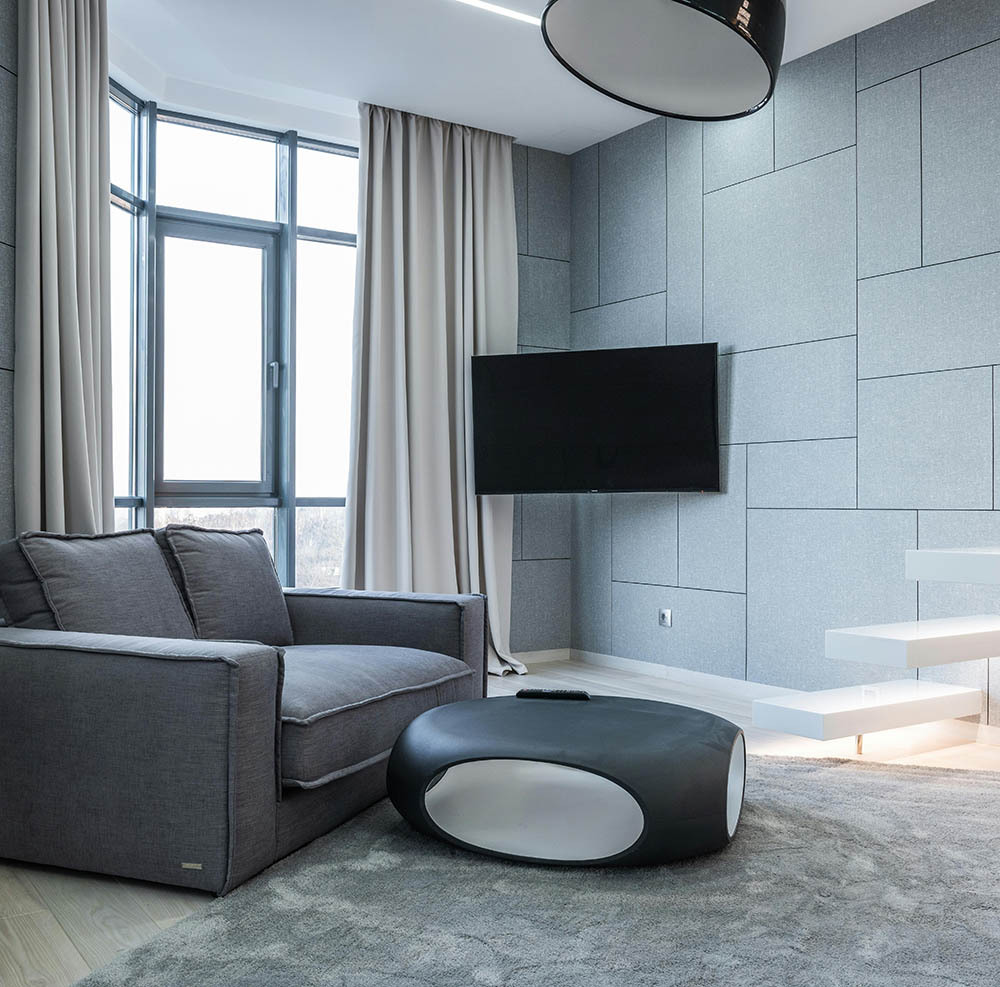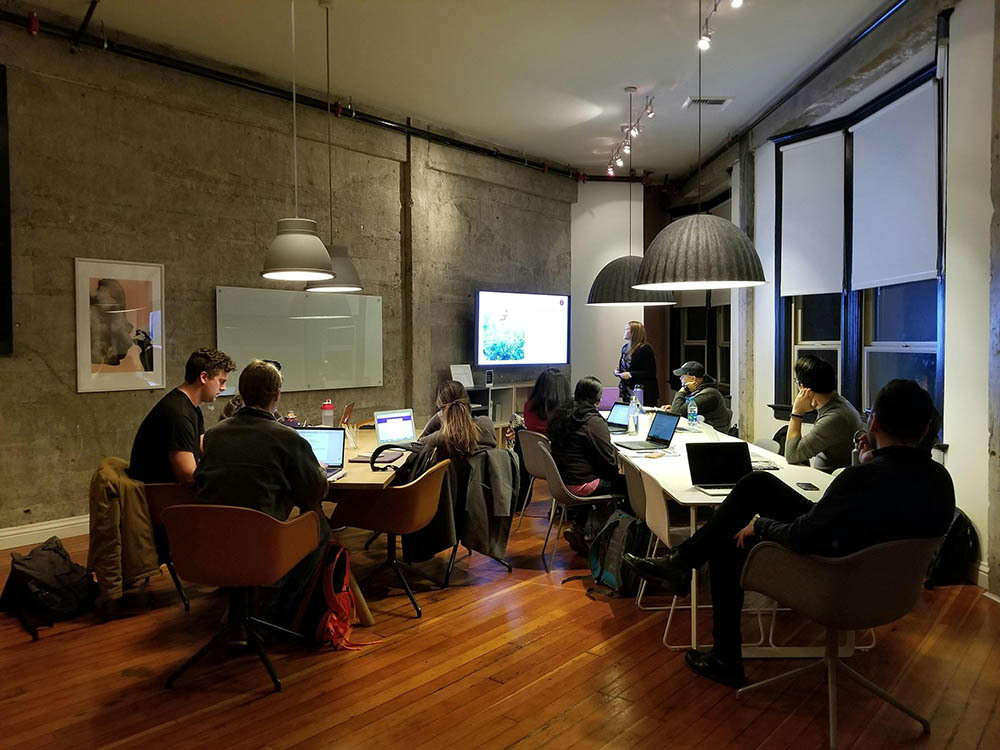
Future-Proofing Your Setup: TV Wall Mounting For Smart Homes And Evolving Tech
Beyond the mount.
Your sleek new 65-inch OLED is finally here, but where exactly should it live? Smart homes aren't just about having the latest gadgets anymore — they're about creating flexible spaces that can adapt to whatever tech throws at us next. Wall mounting your telly might seem straightforward, but get it wrong and you'll be cursing that decision for years to come.
I learnt this the hard way when I mounted my first flat screen back in 2018. Seemed brilliant at the time, perfectly centred on the living room wall. Fast forward two years & suddenly I'm dealing with cable management nightmares, a soundbar that doesn't quite fit, and don't even get me started on trying to accomodate the gaming setup my kids demanded.
The Foundation Matters More Than You Think
Before you even think about drilling holes, consider what's actually behind that wall. Stud finders are your best friend here, but they're not infallible. I've seen too many expensive TVs take a tumble because someone trusted a cheap stud finder or assumed their Victorian terrace had standard spacing.
Brick walls present their own challenges. You'll need proper masonry fixings — rawl plugs that can handle the weight & any potential vibration from that new subwoofer you're eyeing up. Plasterboard walls need spreading the load across multiple studs, which sometimes means your TV won't sit exactly where you first envisioned.
Here's something most people don't consider: future weight requirements. That 15kg TV might become a 25kg behemoth when you upgrade in three years. Always overspec your mounting hardware. It's far cheaper than repairing holes & repainting walls later.
Cable Management That Actually Works
This is where most DIY jobs fall apart spectacularly. You've got power, HDMI cables, ethernet (if you're sensible), speaker wires, and whatever proprietary nonsense your smart home hub requires. The temptation is to just run everything down the wall in a neat little bundle.
Don't.
Think about what happens when HDMI 2.1 becomes obsolete, or when you decide to upgrade to fibre optic connections. Installing proper conduit or trunking gives you flexibility to add, remove & replace cables without major surgery to your walls. It looks infinitely better too.
I always recommend running at least one spare conduit alongside your main cable run. Trust me on this one — you'll thank yourself later when some new standard emerges that requires yet another cable type.

Height & Viewing Angles
Everyone obsesses over getting the height "perfect," but perfect for what exactly? Your current seating arrangement? What happens when you rearrange the furniture, add a new sofa, or decide that bean bag chair is actually quite comfortable?
The old rule about centre of screen at eye level works fine for traditional setups, but smart homes often mean multiple viewing scenarios. Maybe you're watching from the kitchen island while cooking, or perhaps the kids prefer sprawling on the floor for gaming sessions.
Tilting mounts offer some flexibility, but they're not magic. You can't compensate for fundamentally poor positioning with a few degrees of adjustment. Consider your room's primary function & how viewing habits might change. That formal lounge might become a casual family space, or vice versa.
Smart Home Integration
This is where things get interesting (and occasionally frustrating). Your TV isn't just a display anymore — it's a hub, a gaming centre, a video calling device, and probably controls half your house lighting while it's at it.
Voice assistants need clear sight lines. If you're mounting the TV in an alcove or corner, consider how well Alexa or Google can hear you from various positions in the room. Some smart TVs have built-in mics, but external devices often work better for whole-room control.
Ventilation becomes crucial when you're dealing with multiple connected devices. That media unit below your wall-mounted TV might house a games console, streaming device, sound system & smart home hub. Heat builds up quickly in enclosed spaces, and overheating electronics don't play nicely together.
Plan for wireless interference too. Multiple devices broadcasting on similar frequencies can cause havoc with streaming quality and smart home responsiveness. Sometimes hardwired connections are the most reliable solution, even in our supposedly wireless future.
Modular Mounting Solutions
Here's something I wish I'd known earlier: not all TV mounts are created equal, & the most expensive isn't always the best choice for your specific situation. Modular systems let you adapt your setup as requirements change.
Some mounts allow you to swap between fixed, tilting & full-motion configurations by changing components rather than the entire bracket. Others include integrated cable management that can be modified or expanded. These solutions cost more upfront but save money long-term.
Consider mounts with built-in compatibility for accessories like soundbars, cameras, or additional displays. Gaming setups increasingly benefit from secondary screens, & video calling often works better with dedicated cameras positioned separately from the main display.
Don't overlook weight distribution either. Larger TVs can put significant stress on wall mounts, especially when extended on articulating arms. Some modular systems include reinforcement options that can be added if you upgrade to a heavier display.

Future Display Technologies
This might sound like science fiction, but flexible & rollable displays are becoming reality faster than most people realise. Your next TV might not be a rigid rectangle that hangs on the wall — it could be something that emerges from furniture or curves around corners.
Micro-LED technology promises displays that can be assembled from smaller modules, creating custom sizes & shapes. Your mounting solution needs to accomodate these possibilities, or at least not prevent them entirely.
Power requirements are changing too. Some new display technologies use significantly less power, while others (looking at you, 8K gaming) demand robust electrical supplies. Installing dedicated circuits now saves rewiring later.
Consider how mounting heights might change with different display technologies. Curved screens often work better at different viewing angles than flat panels. Projection systems might replace traditional displays entirely for some applications.
The Investment Perspective
Let's talk money for a moment. A proper wall mounting job costs £200-500 depending on complexity, location & your specific requirements. That might seem steep compared to a basic DIY bracket from the local DIY store, but consider the alternatives.
Professional installation typically includes proper cable management, appropriate mounting hardware for your wall type, and crucially — insurance coverage if something goes wrong. I've seen DIY disasters that cost thousands to repair, not including the damaged TV.
Factor in your time too. A straightforward mount might take a weekend warrior 4-6 hours including multiple trips to the hardware store for forgotten bits. Professionals usually complete the job in 2-3 hours because they bring the right tools & experience.
But perhaps more importantly, professional TV installers understand building regulations & safety requirements. Some insurance policies won't cover damage from incorrectly installed TV mounts, which could leave you facing significant costs.
Final Thoughts
Smart home technology moves fast, but good mounting solutions should last 10-15 years or more. The key is building flexibility into your setup from the start rather than trying to retrofit solutions as your needs change.
Don't get too caught up in having everything perfect immediately. A well-planned mounting system can be modified & upgraded incrementally as new technologies emerge & your requirements shift.
Most importantly, think about how you actually use your space rather than how you think you should use it. The perfect mounting solution for your neighbour might be completely wrong for your household's habits & preferences. Take time to observe your patterns before committing to permanent installations.
Your future self will thank you for the extra planning & investment you make today. Trust me on this one.











